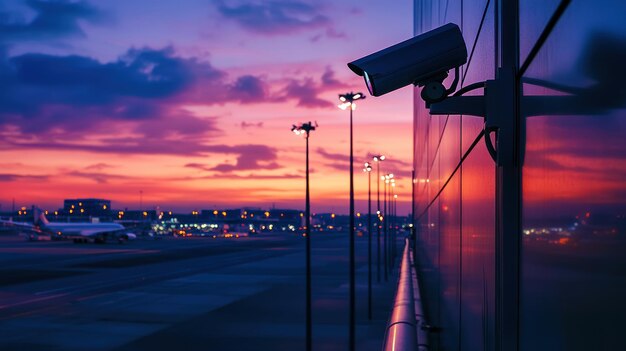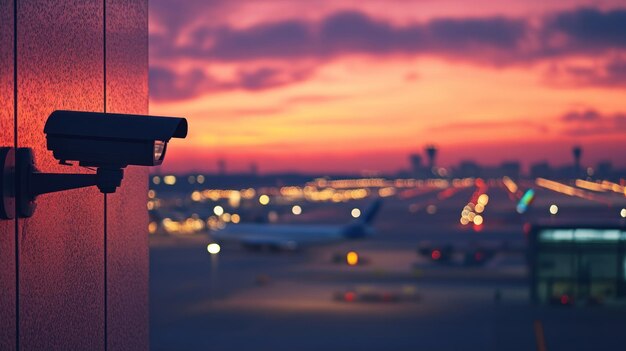



CCTV (CLOSED-CIRCUIT TELEVISION) AND SURVEILLANCE SYSTEMS
A CCTV (Closed-Circuit Television) and surveillance system is a setup of cameras, monitors, and recording devices used for monitoring and recording activities in specific areas. CCTV cameras capture video footage, which can be watched in real-time or reviewed later for security purposes. Surveillance systems are widely used in public and private spaces like businesses, homes, and public areas to prevent and investigate incidents, deter crime, and enhance overall safety. Modern surveillance systems often include features like motion detection, remote access, and night vision for effective monitoring day and night.
What are the main purposes and features of CCTV and surveillance systems?
CCTV (Closed-Circuit Television) and surveillance systems are technological solutions used for monitoring and recording activities within specific locations. These systems consist of cameras, monitors, and recording devices, allowing for real-time observation or later review of footage. Their main purpose is to enhance security and safety by deterring potential threats. These systems are commonly used in businesses, public spaces, and homes to safeguard people and property. They help to identify incidents, deter crime, and provide evidence for investigations. With a CCTV system in place, organizations can maintain a constant watch over critical areas. Modern surveillance systems include advanced features such as motion detection, night vision, and remote access, making them versatile and effective in various environments. These upgrades allow for 24/7 monitoring and flexible access to video footage, improving the overall capabilities of security systems
key features
High-Resolution Video: Provides clear images and detailed footage, essential for identifying people and objects.
Night Vision: Uses infrared technology to capture clear video in low-light or dark conditions.
Motion Detection: Triggers recording or alerts when movement is detected, helping to conserve storage and monitor activity only when necessary.
Remote Access: Allows users to view live footage or recordings from a mobile device or computer anywhere with internet access.
Wide-Angle and Zoom Capabilities: Covers large areas and allows for close-up views, making monitoring more efficient.
Cloud Storage: Stores footage on the cloud, enabling easy access and protection against data loss.
Audio Recording: Some systems include microphones to capture audio, providing additional context for recorded events.
Integration with Alarm Systems: Connects with alarms to provide an automated response, like alerts to authorities or owners when unusual activity is detected.


